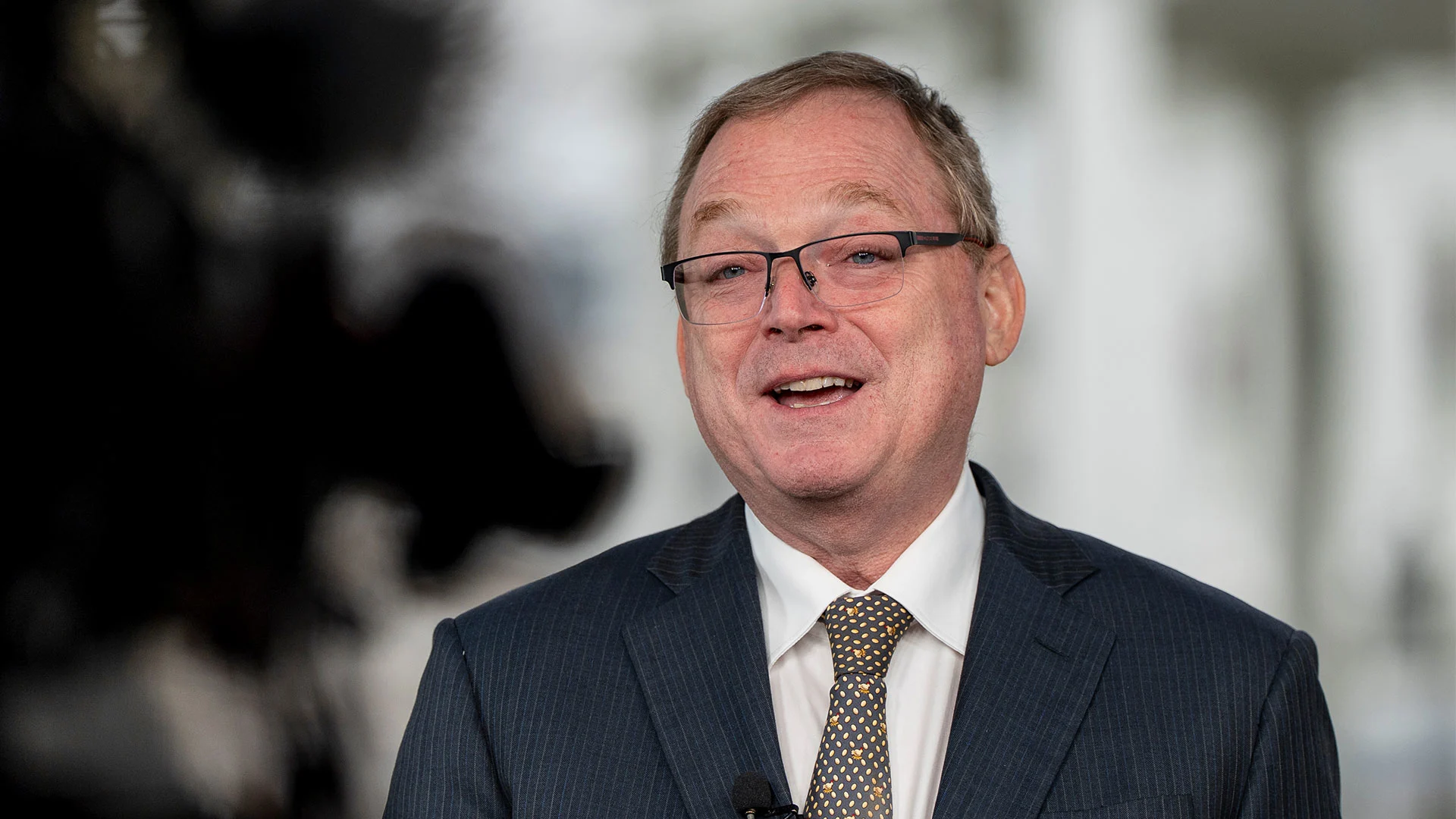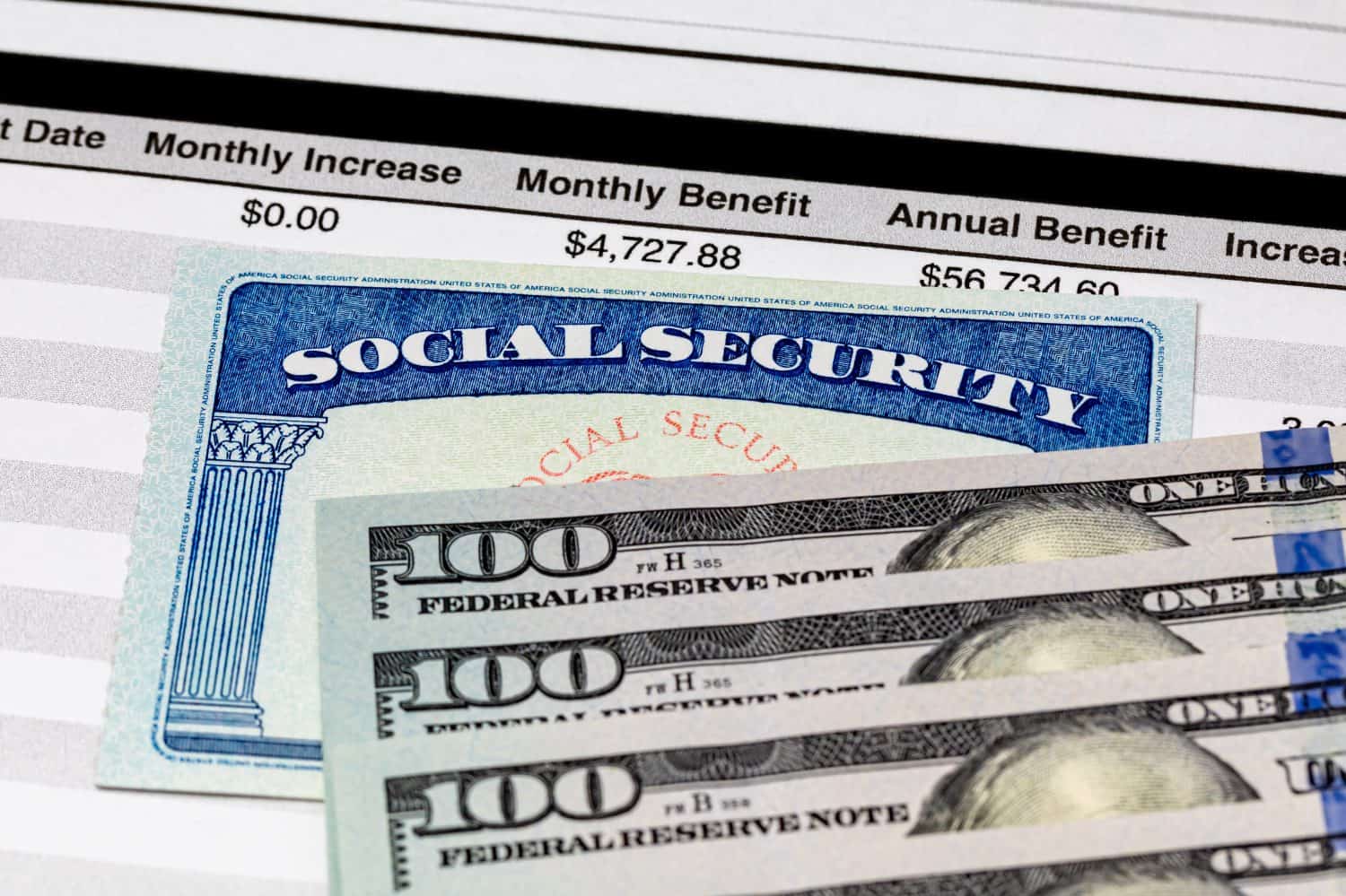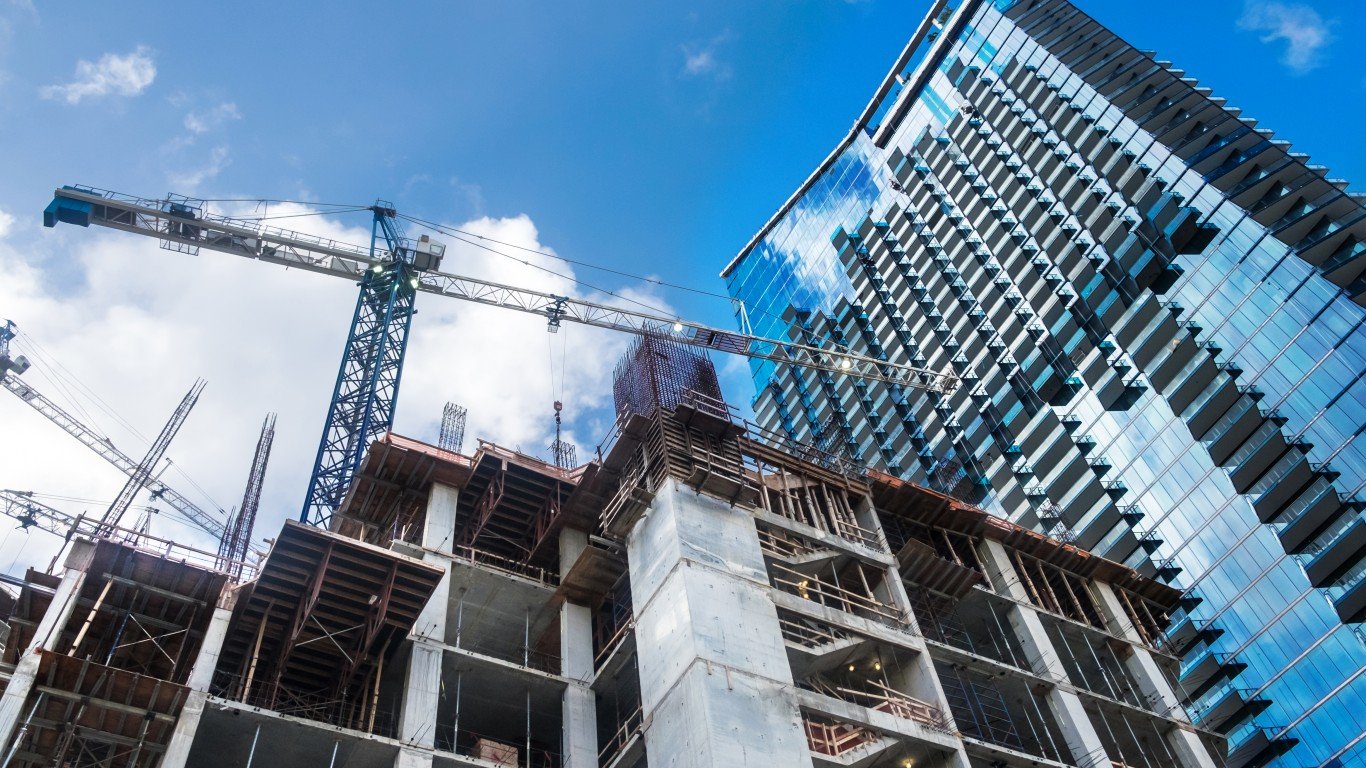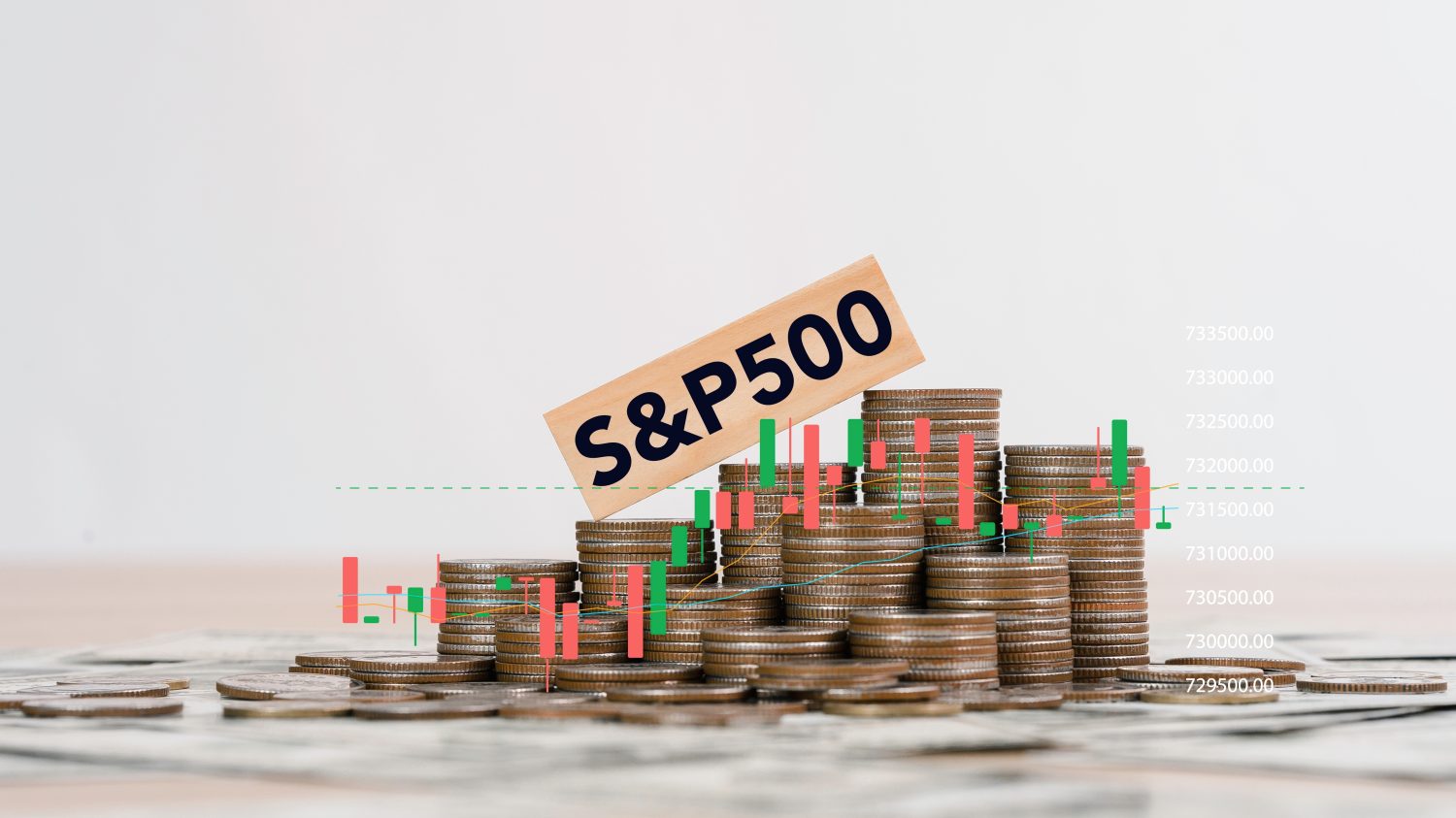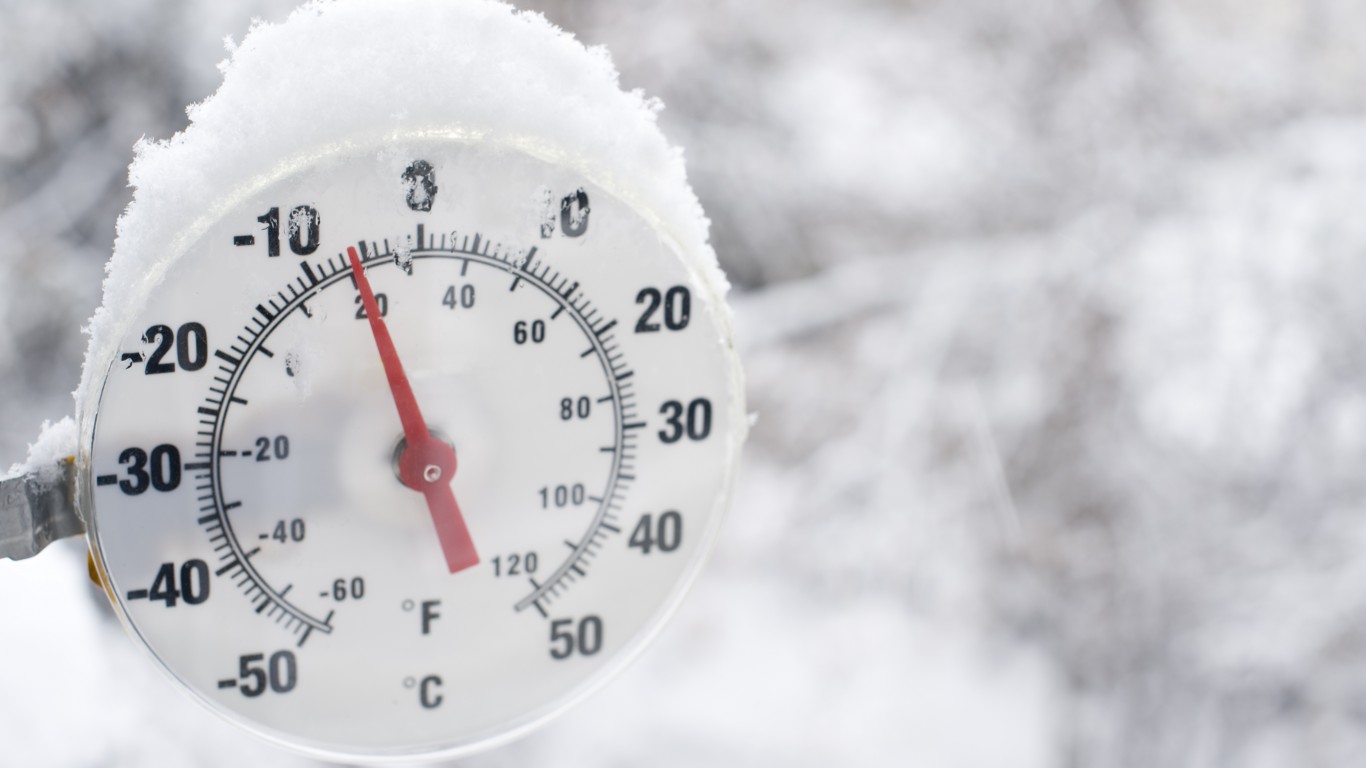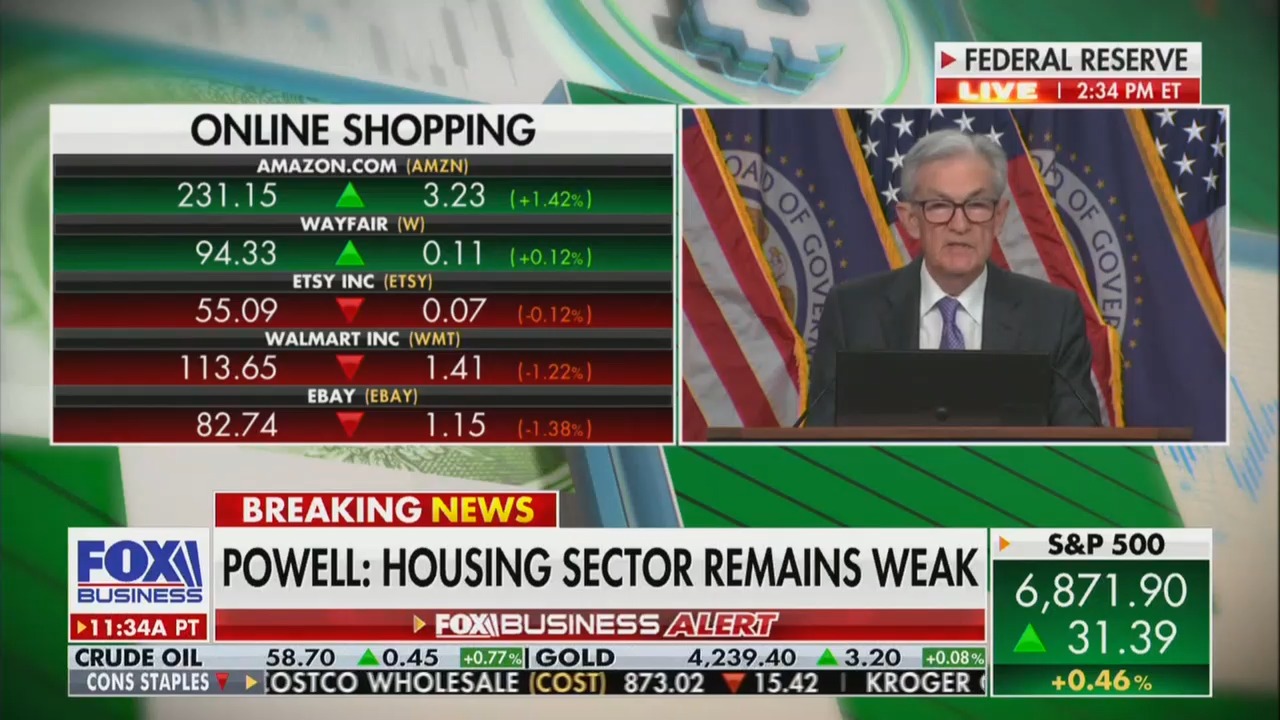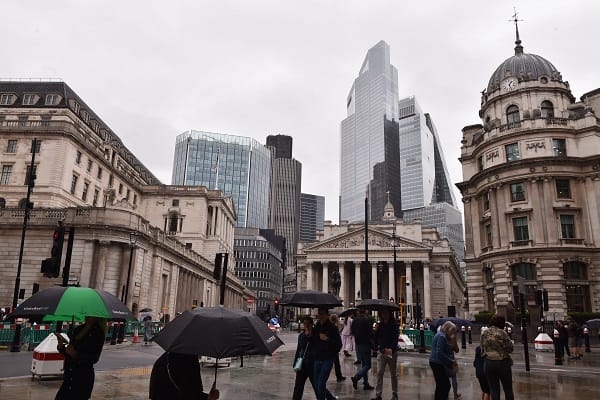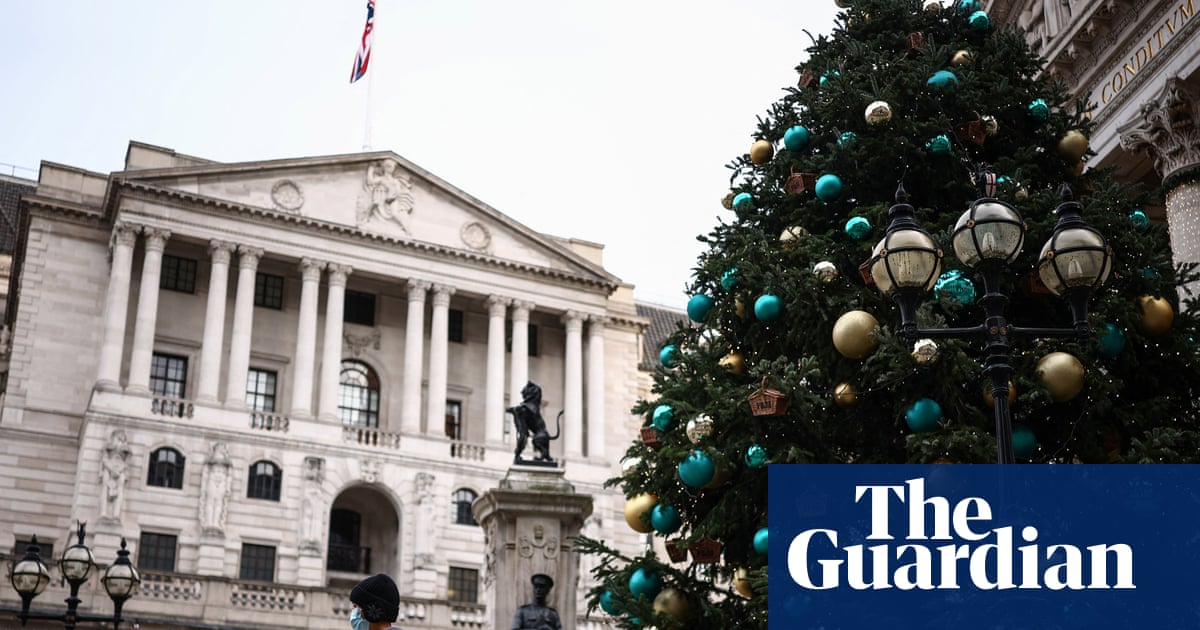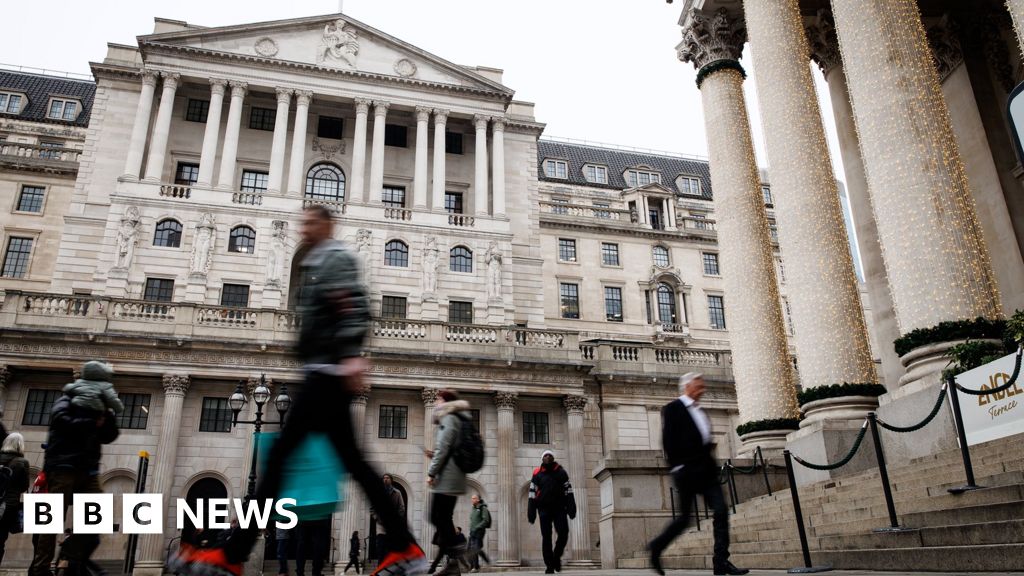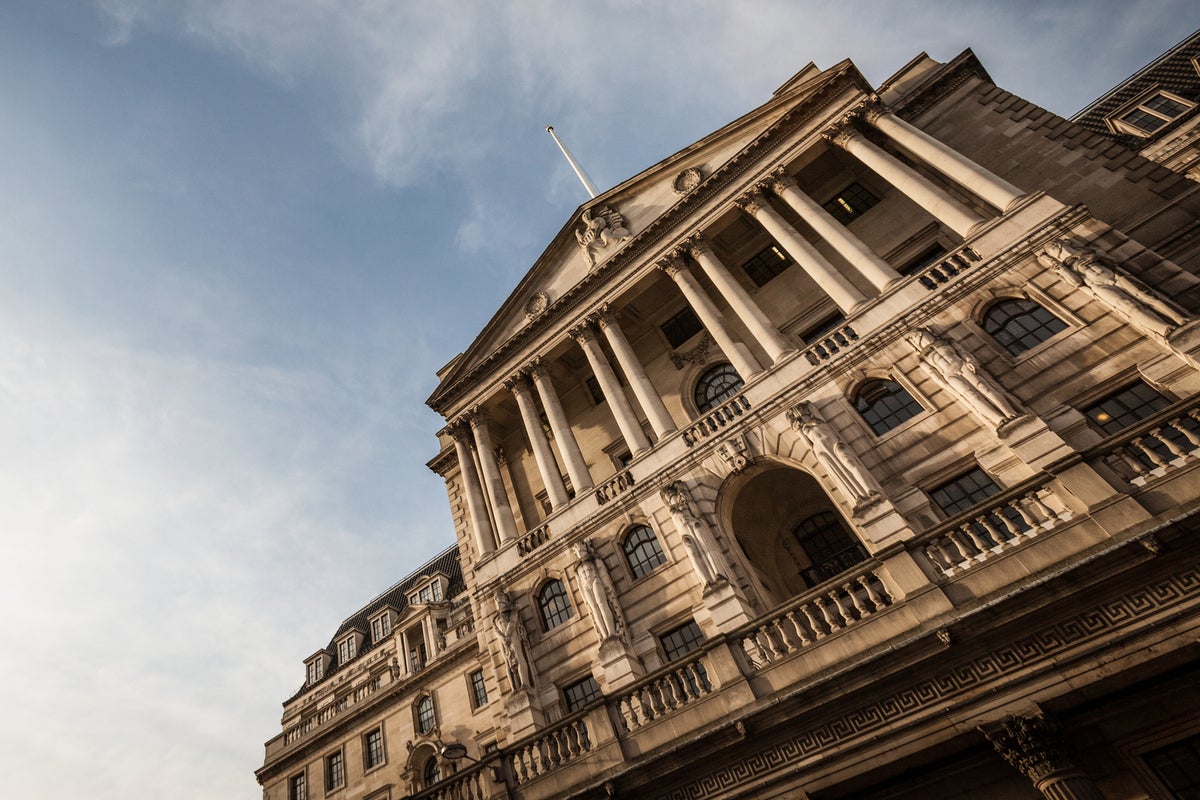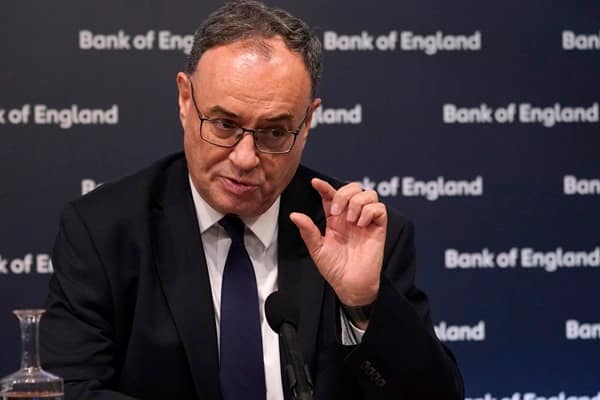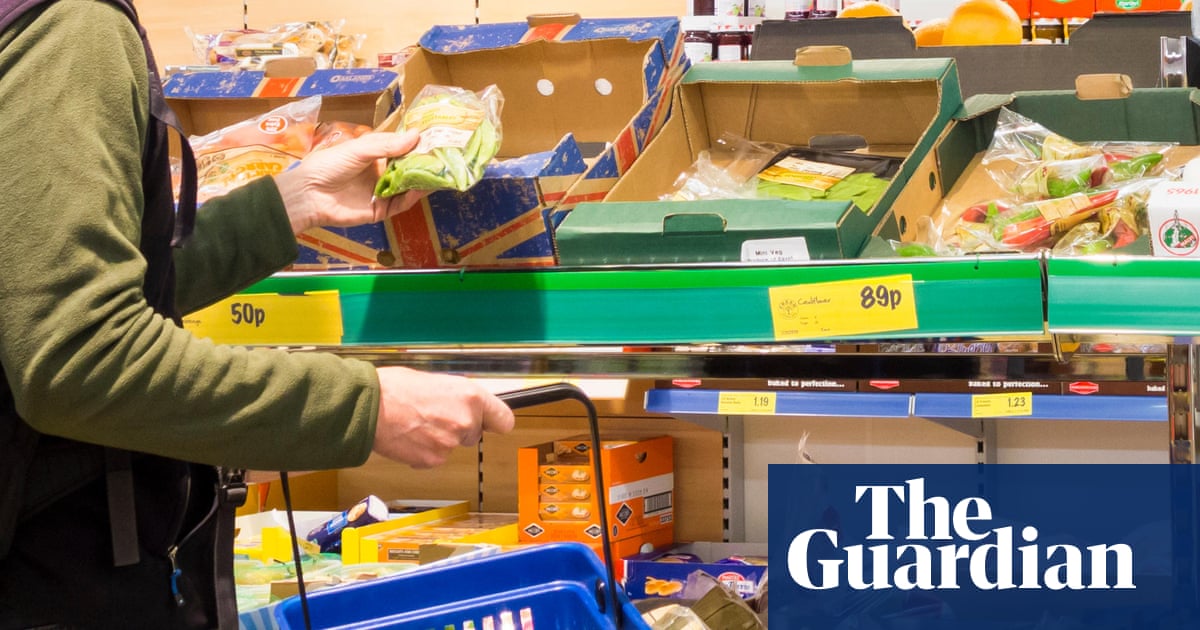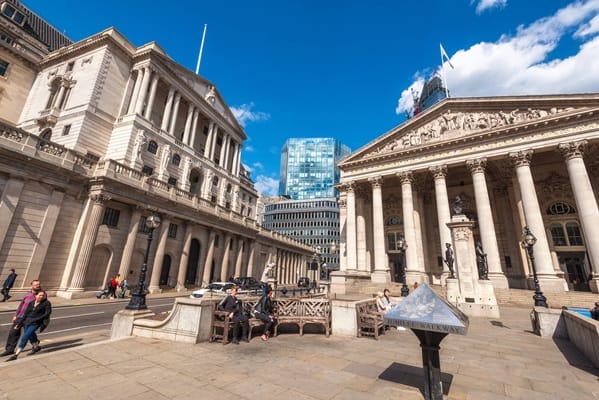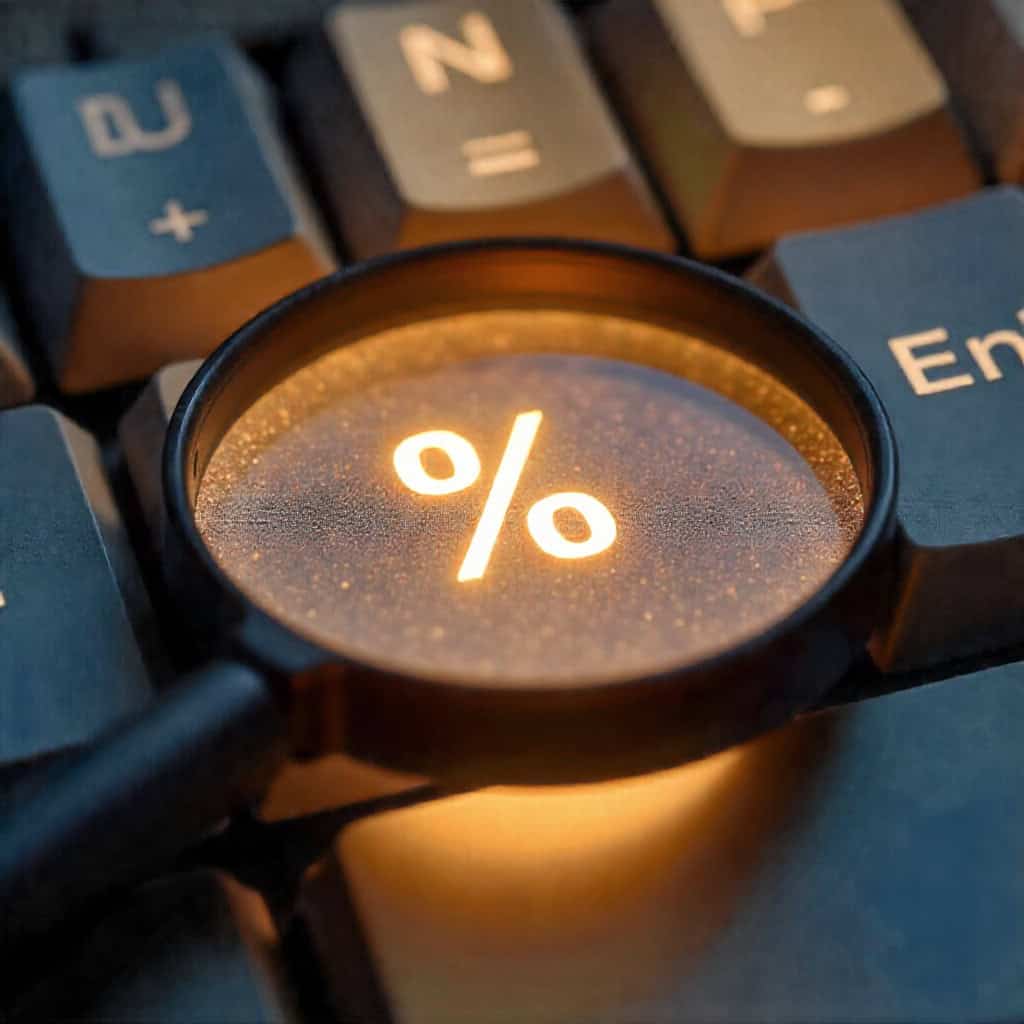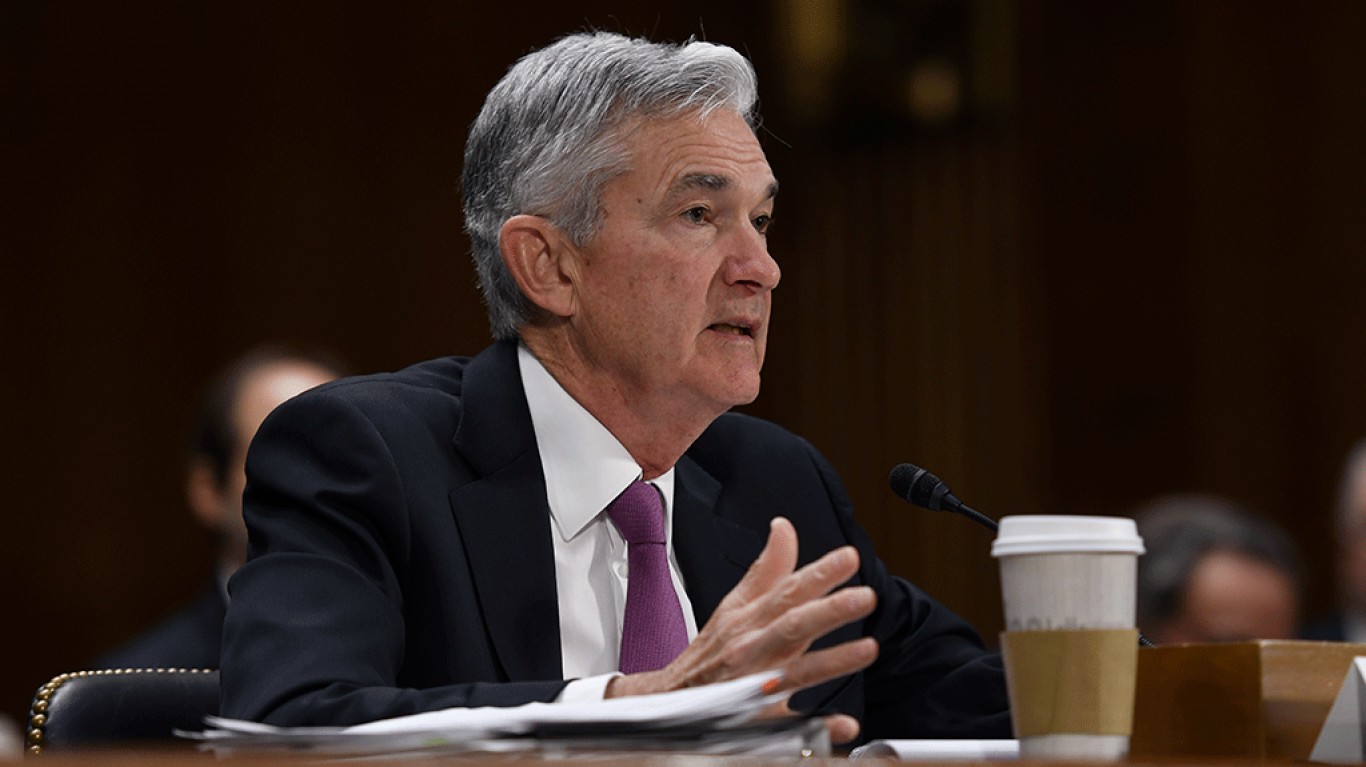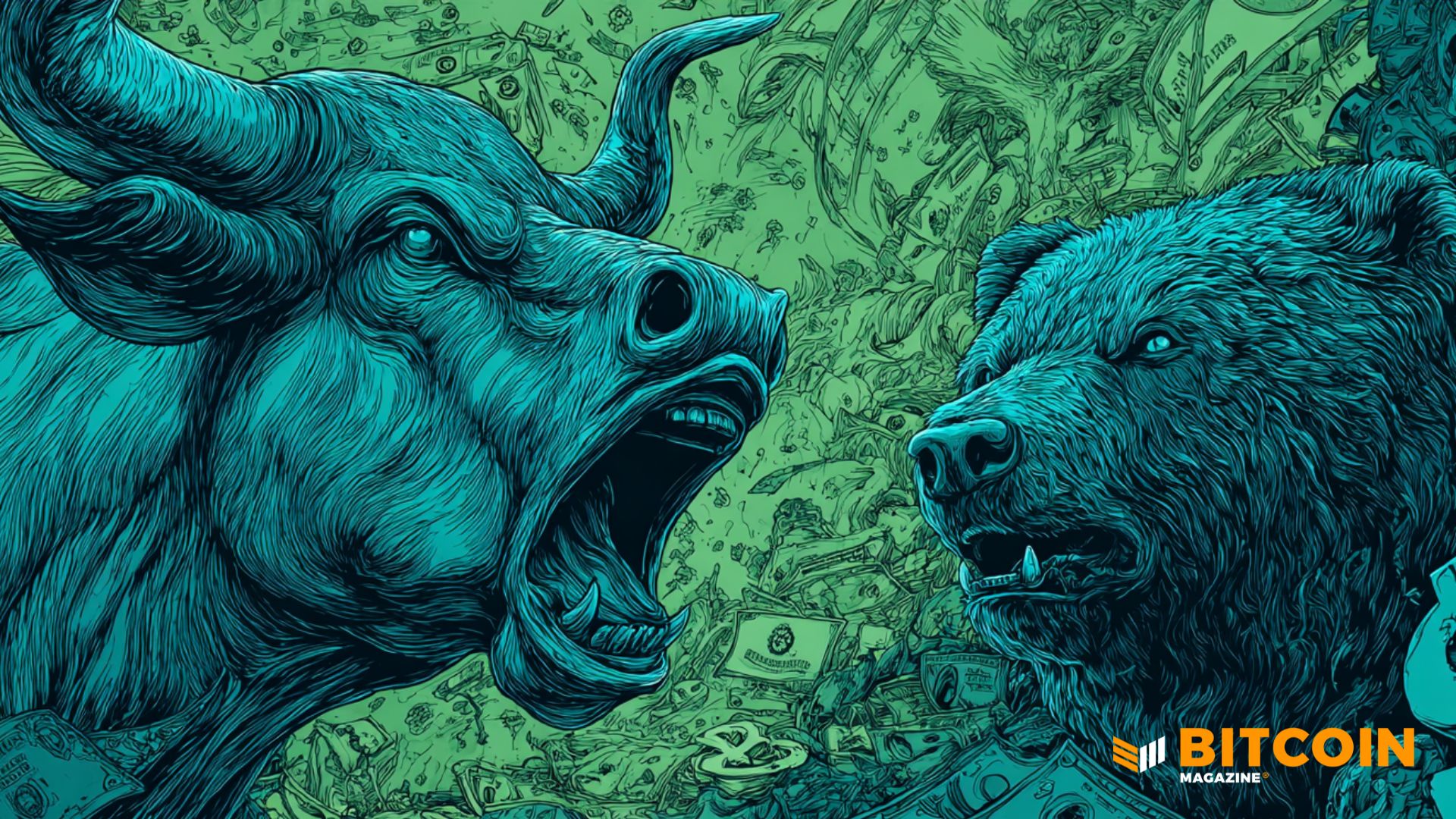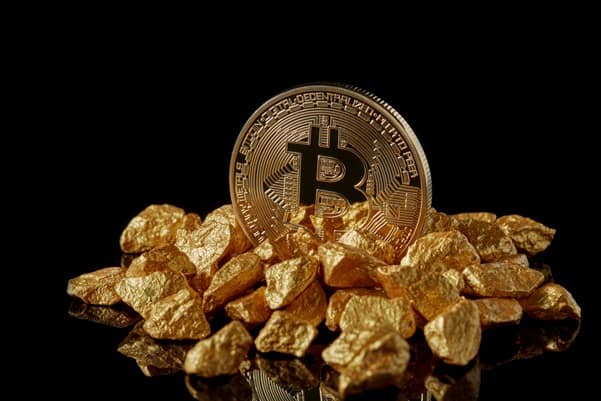fromFortune
2 days agoWhy 4.3% GDP growth proves the 'vibecession' theory is historically wrong | Fortune
In assessing our economy or, really, any economy, you want to know if the economy is growing, that there are enough jobs for people, that people can borrow at reasonable rates and that the dollar you hold today is worth about the same as it did a year ago. If those four metrics are solid, we are good. Using Pareto's 80/20 principle-the idea that 20% of any set of numbers constitutes 80% of the value of the entire set-we
World news


